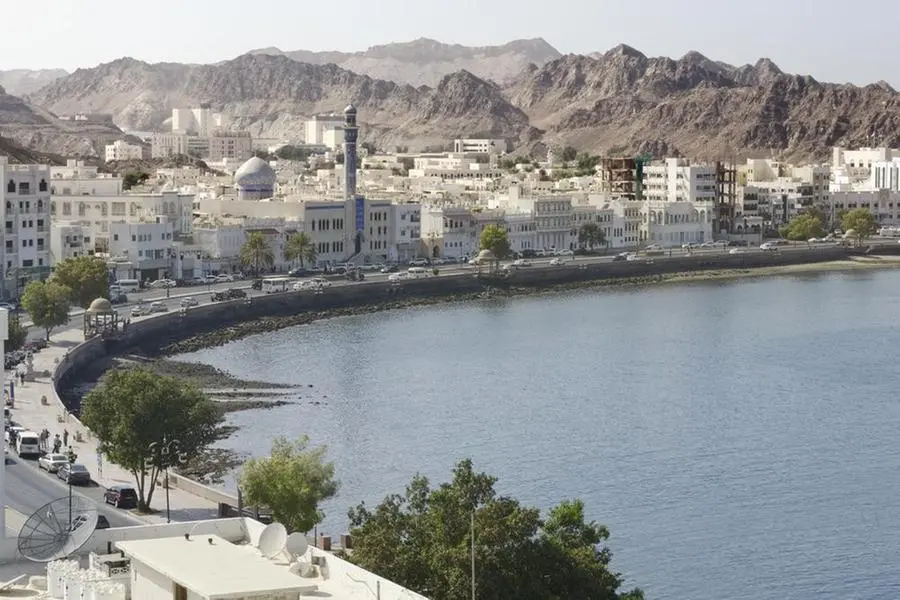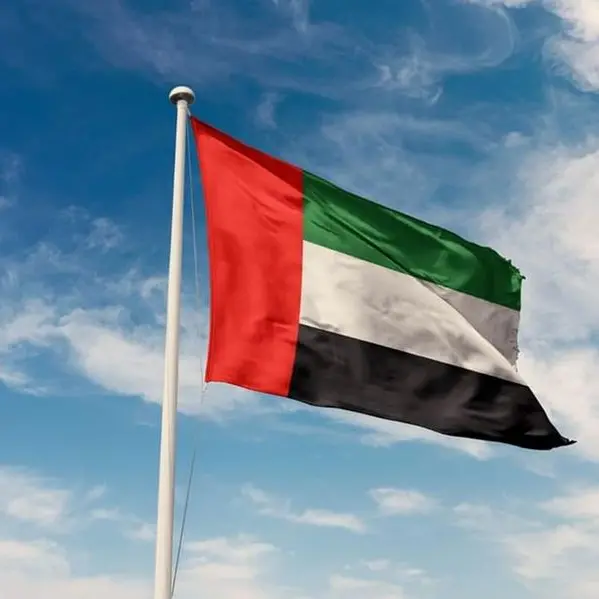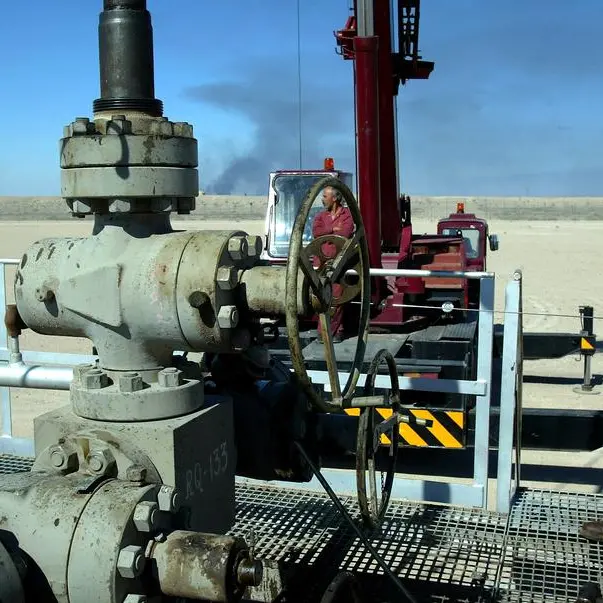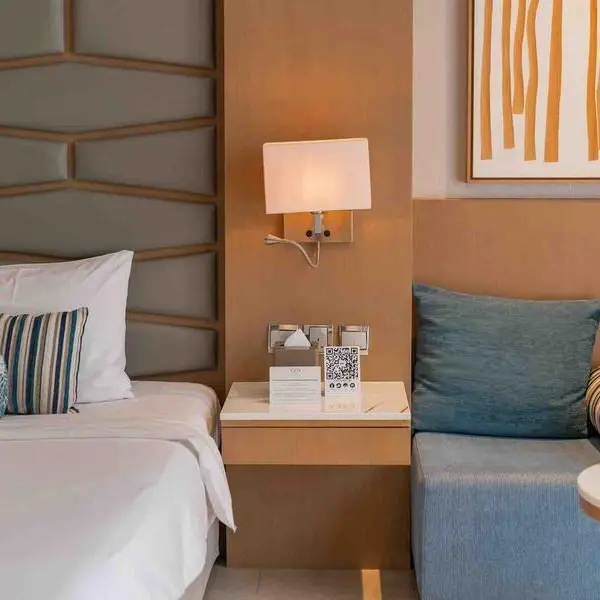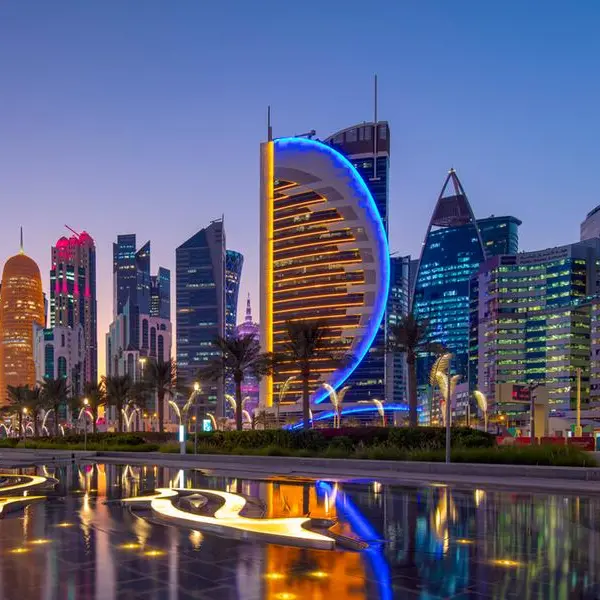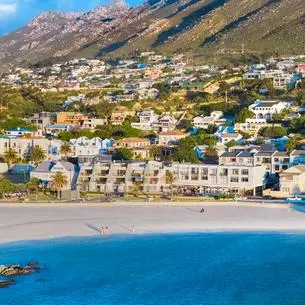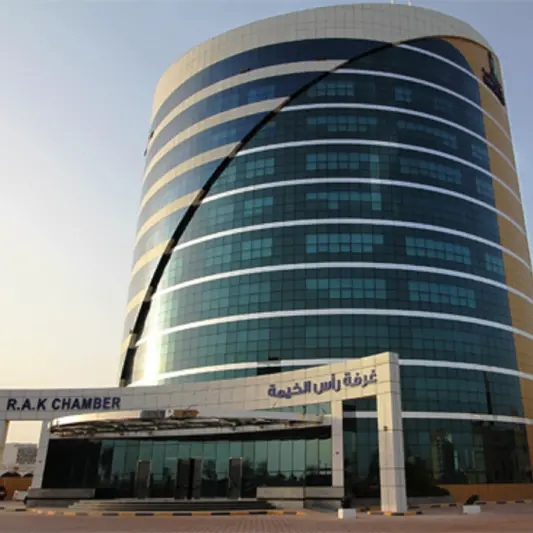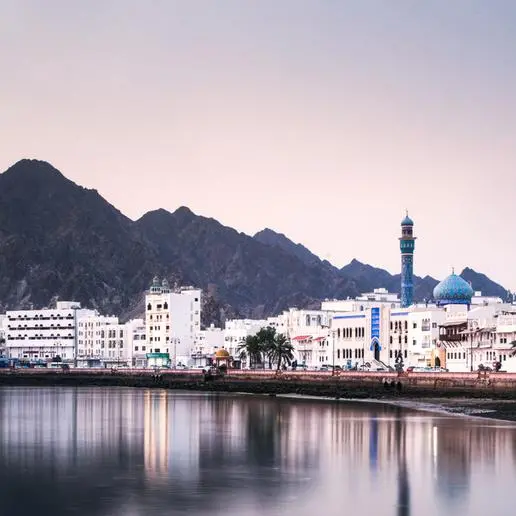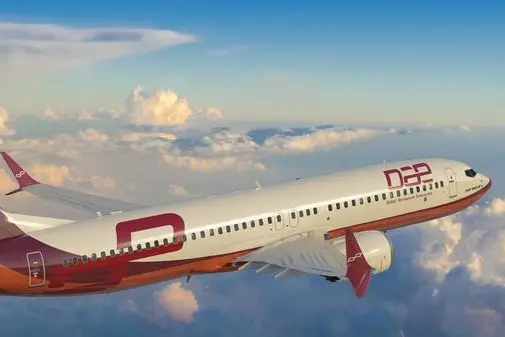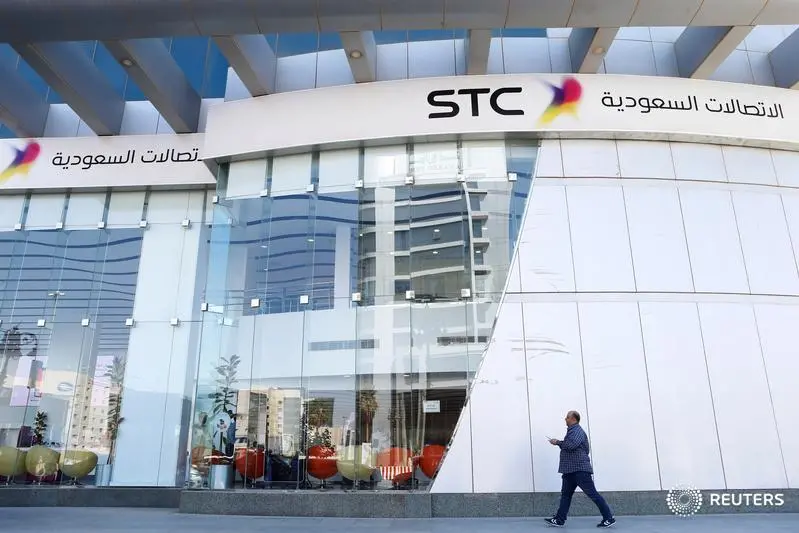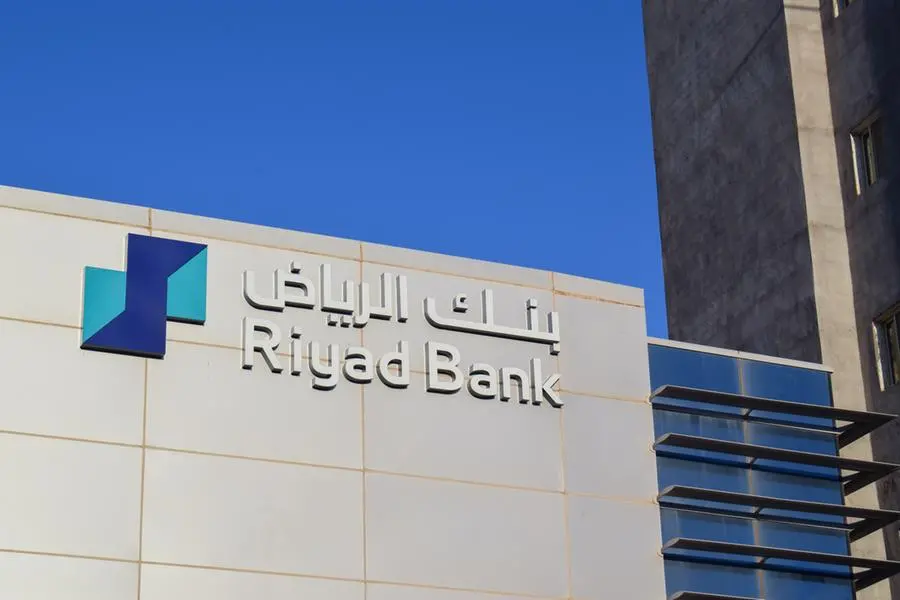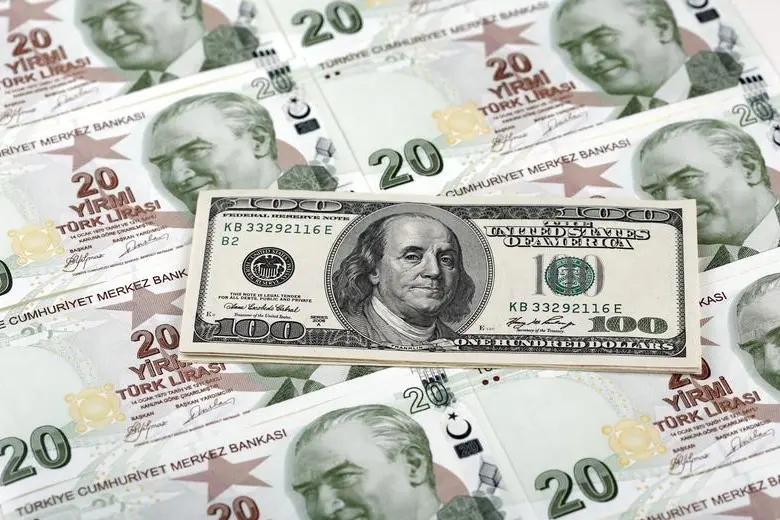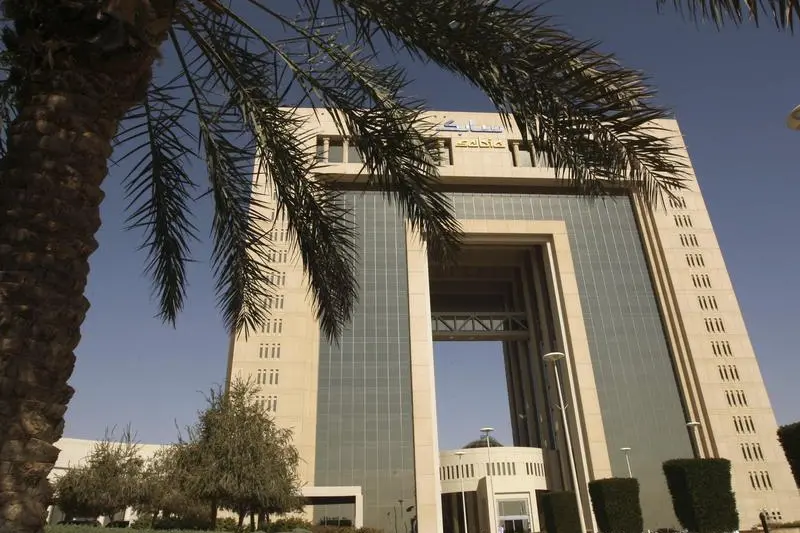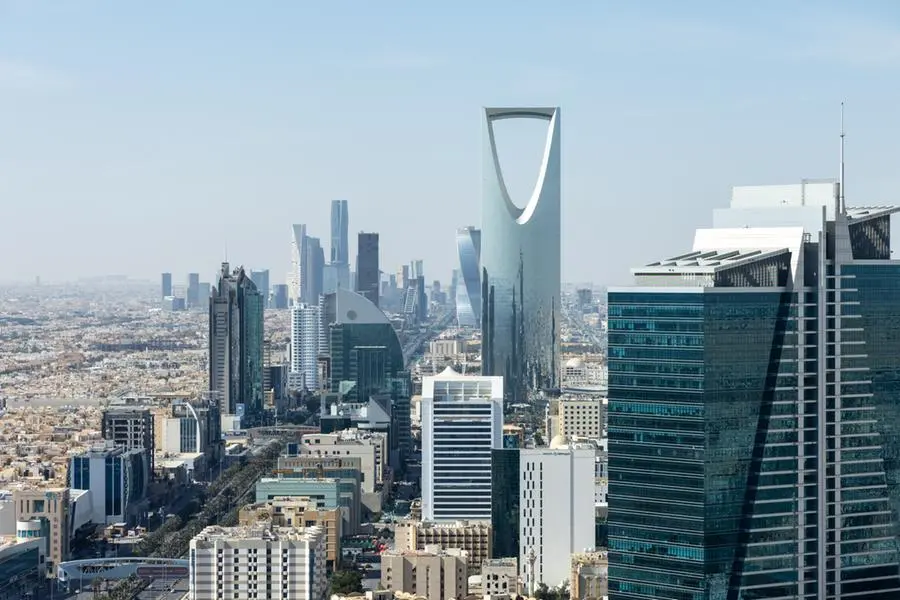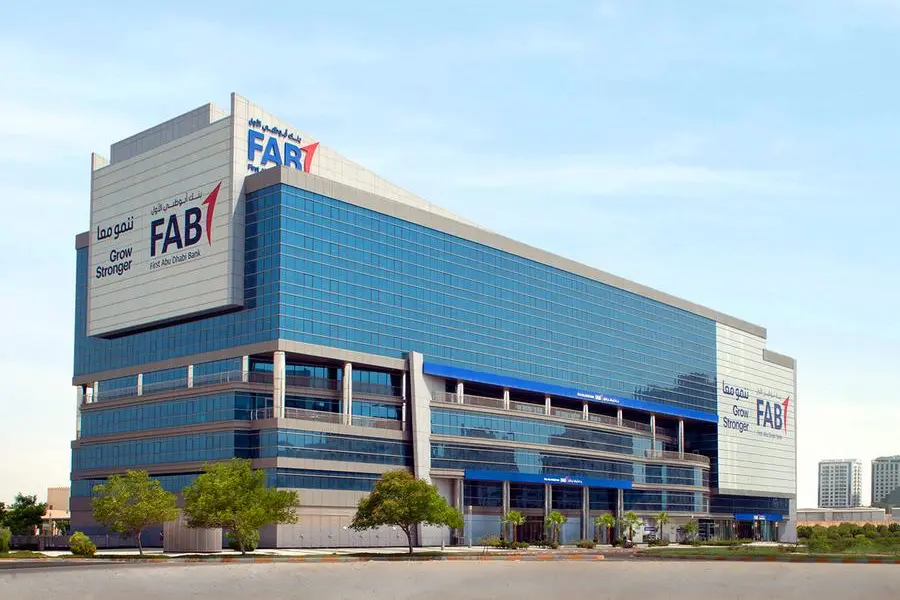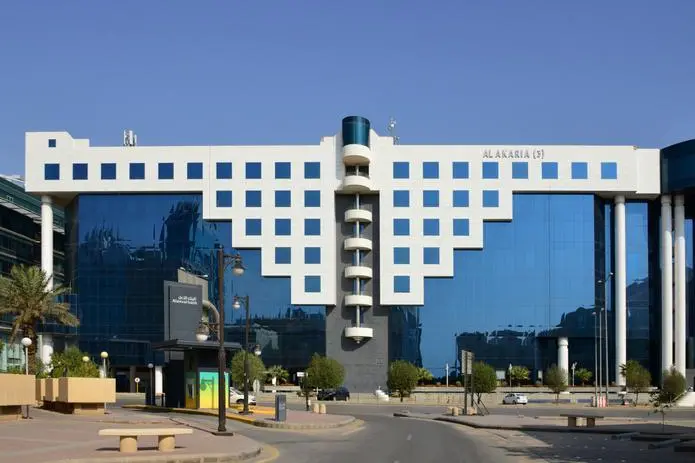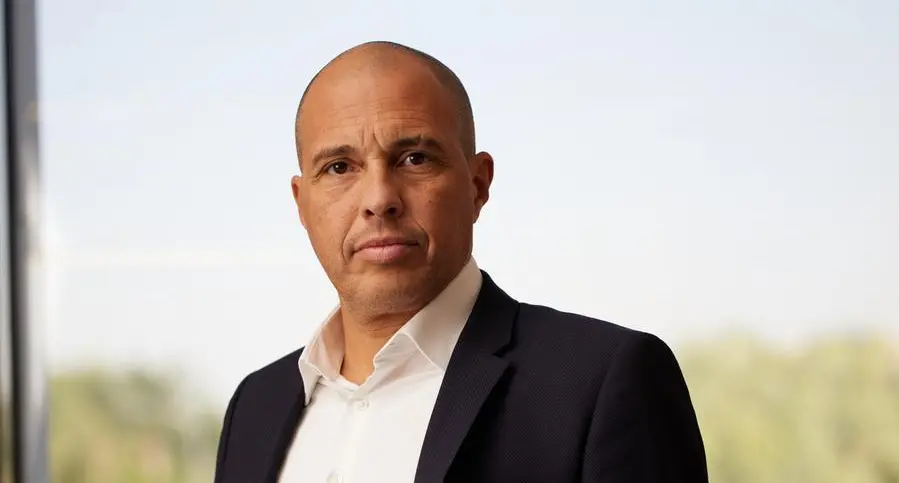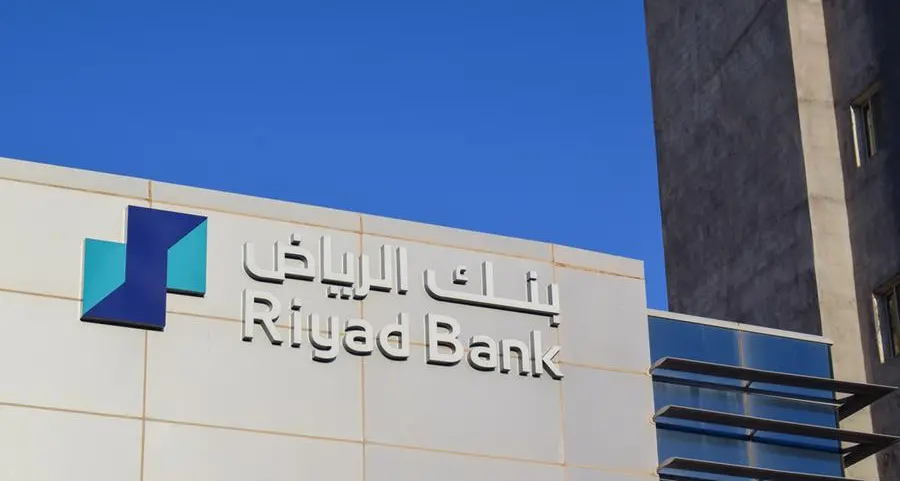PHOTO
Each year, as the summer monsoon cloaks Dhofar in mist and greenery, the governorate emerges as one of Oman’s most iconic seasonal attractions. The Khareef, a three-month period stretching from June to September, transforms the southern landscape into a lush destination that attracts hundreds of thousands of visitors from across the Sultanate and the wider Gulf region.
Beneath the beauty and climate, however, lies a deeper economic reality. Khareef is not only a tourism season; it is an economic window—one that fuels demand across multiple sectors, from hospitality and transport to food services, retail, and local crafts. Yet this opportunity remains largely untapped when it comes to building long-term, sustainable value for small and medium-sized enterprises (SMEs) in Dhofar.
While Khareef stimulates a flurry of entrepreneurial activity, much of it is fleeting. Dozens of food stalls, mobile cafés, car rental services, and vendors of frankincense, honey, and traditional goods appear during the season—only to vanish as soon as the rains subside. The issue is not the lack of economic activity, but rather the absence of a system to carry these businesses forward.
Sustainability remains the missing piece. Without proper financial tools, business training, or integration into the broader tourism value chain, most seasonal enterprises in Dhofar fail to evolve into permanent businesses. This creates a cycle of economic fragmentation: entrepreneurs enter the market enthusiastically during Khareef but are unable to maintain operations or income streams during the off-season.
Several challenges hinder the sustainability of these seasonal SMEs. First is the volatility of income. The short earning period leaves little room for reinvestment or recovery from losses. Second, most of these businesses lack formal structures, such as licensing, accounting systems, branding, or strategic planning. They tend to be informal, family-run efforts with minimal business continuity.
Third, access to finance remains a critical barrier. Although the Development Bank and the SME Development Authority provide support, the approval cycles and criteria often do not align with the short-term, urgent nature of seasonal ventures. Moreover, these SMEs typically exist outside formal procurement chains. Hotels, tour operators, and large-scale events rarely source from local micro-businesses, missing an opportunity to create inclusive growth. Finally, there are clear gaps in skills, particularly in marketing, digital engagement, and customer service, which limit competitiveness and scalability.
Addressing these gaps requires a shift in how we think about Khareef—not merely as a tourism season, but as an economic platform. If designed strategically, Khareef can become a launchpad for business formalisation, local branding, and supply chain integration. What is needed is a multi-layered response that connects finance, digital infrastructure, training, and policy reform.
One such initiative could be a dedicated Khareef SME Support Fund—designed to offer short-term loans with flexible repayment terms aligned to seasonal cash flows. Access to this fund should be linked to basic business planning, ensuring that enterprises receiving support have a minimum framework for continuity.
Equally important is digital visibility. A unified online platform mapping all Khareef vendors, along with digital payment solutions and booking systems, could greatly expand reach and consumer confidence. When tourists and residents can find, rate, and buy from SMEs online, the market no longer ends with the season.
Another priority is integrating SMEs into the formal tourism value chain. Hotels, resorts, and large-scale festivals could partner with local producers and service providers—be it in catering, souvenirs, or logistics—thus creating consistent demand for local products.
Municipalities and business chambers can also play a role by designating temporary but well-organised commercial zones—such as Khareef bazaars—equipped with infrastructure, sanitation, and marketing support. These zones can become centres of economic activity and provide an incubator-like environment for microenterprises to test, refine, and scale.
Equally, SMEs need support in building brand identities rooted in Dhofari heritage. Products like frankincense, mountain honey, or woven baskets are not just items of commerce—they are cultural artefacts that carry emotional and historical weight. With the right training and packaging, these goods can be transformed into recognisable brands, locally and internationally.
These initiatives must not exist in isolation. They must form part of a coherent development framework that brings together key stakeholders: the Ministry of Heritage and Tourism, the SME Development Authority, Dhofar Municipality, the Development Bank, Invest in Oman, and the Chamber of Commerce. What’s required is collaborative governance focused on building a self-sustaining SME ecosystem linked to the Khareef season but not limited by it.
This approach aligns seamlessly with Oman Vision 2040, which positions SMEs as vital engines of diversification, job creation, and regional development. Dhofar—rich in culture, biodiversity, and seasonal appeal—has all the ingredients to pioneer a model of “seasonal entrepreneurship” that balances natural cycles with economic continuity.
Ultimately, Khareef Dhofar is more than a misty landscape; it is a living laboratory for sustainable development. Its full economic value will not be measured in hotel bookings or tourist footfall alone, but in the livelihoods it supports long after the rains have passed. If we can transform the seasonal into the strategic, Dhofar will not only thrive in the monsoon—but throughout the year.
2022 © All right reserved for Oman Establishment for Press, Publication and Advertising (OEPPA) Provided by SyndiGate Media Inc. (Syndigate.info).
